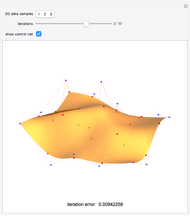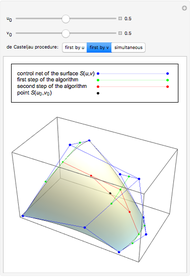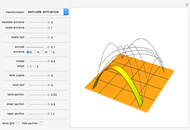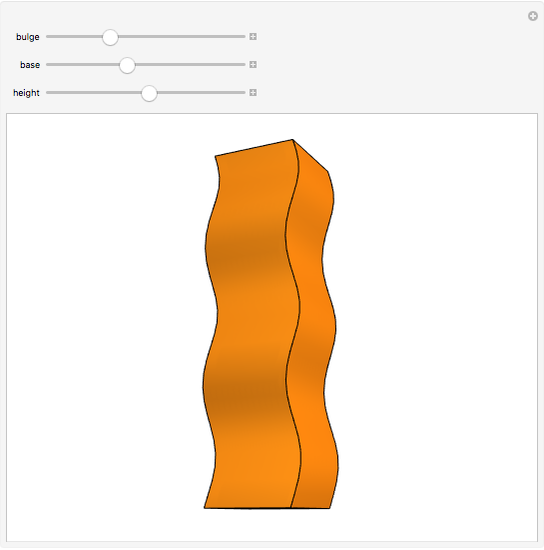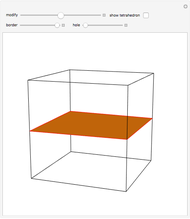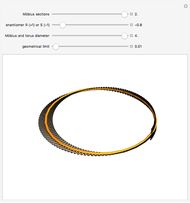Diamond-Square Algorithm for Creating Landscapes

Requires a Wolfram Notebook System
Interact on desktop, mobile and cloud with the free Wolfram Player or other Wolfram Language products.
This Demonstration implements the diamond-square algorithm for creating landscapes. You can choose various options to determine the color, smoothness and terrain.
[more]
Contributed by: Mary Clarke and Steven Wilkinson (August 2020)
Open content licensed under CC BY-NC-SA
Snapshots
Details
This implementation uses the ideas presented in [1–5].
References
[1] P. Martz. "Generating Random Fractal Terrain." (Aug 11, 2020) web.archive.org/web/20060420054134/http://www.gameprogrammer.com/fractal.html#diamond.
[2] "Terrain Tutorial." Lighthouse3d.com. (Aug 11, 2020) www.lighthouse3d.com/opengl/terrain/index.php?mpd2.
[3] S. Booth. "All about Xmountains." (Aug 11, 2020) spbooth.github.io/xmountains/about_xmountains.html.
[4] A. Fournier, D. Fussell and L. Carpenter, "Computer Rendering of Stochastic Models," Communications of the ACM, 25(6), 1982 pp. 371–384. doi:10.1145/358523.358553.
[5] J. P. Lewis, "Generalized Stochastic Subdivision," ACM Transactions on Graphics, 6(3), 1987 pp. 167–190. doi:10.1145/35068.35069.
Permanent Citation






